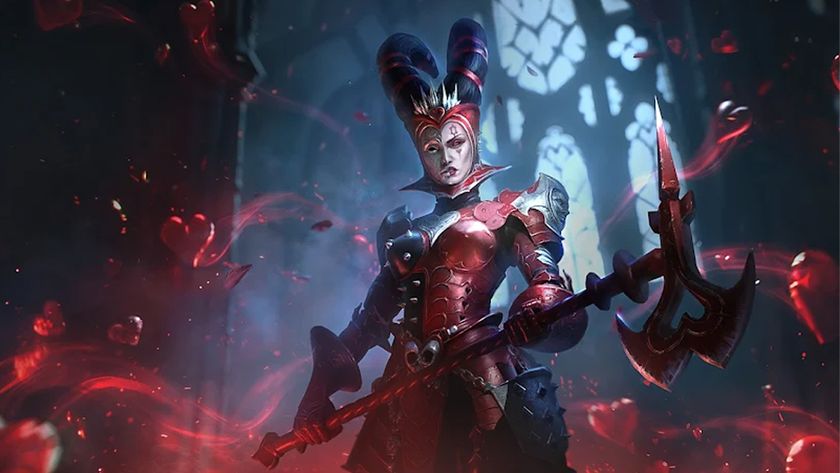When two advertising giants merge, how are creatives affected?
The true impact of the Omnicom/IPG merger: explained.

This month, two of the largest advertising “holding” companies announced a merger. Many creatives ignore such news bites, even creatives in advertising. They do so at their own peril because at some point it will impact their lives and livelihoods. To grasp the impact you first have to understand what an advertising holding company is.
Many people’s vision of an ad agency is stuck in 1965. We can blame TV shows like Mad Men for this vision of Madison avenue creatives working shoulder-to-shoulder late into the night, to make their clients millions. Those days are long gone (even though they produced some of the best ads ever). It’s all far more corporate and data-driven today.
For decades, large agencies have been swallowing up small ones. Then both large and small shops were acquired by what are known as “holding companies”. These are massive companies that now own all advertising across the globe. The “Big Six” of holding companies are Omnicom, Interpublic Group (IPG), Publicis, Dentsu, Havas and WPP, which is currently the largest.
The big dollars are going to the best technologies. No longer the best creatives.
I’ve been at many large NYC shops during mergers and restructuring. When Jerry Della Femina (who “Mad Men” was based on) sold his shop to a holding company. At Bates Worldwide, when it was dismantled by WPP and “sold for parts” to rival agencies. And I was at Foote, Cone & Belding (FCB) as IPG merged it with Draft Worldwide.
Now, the results…
When ad agencies merge the result is always redundancy. Employees hope nobody will realize there are 12 of you in a department when 3 would suffice. Sitting quietly at your desk with your head down is no protection from that pink slip. During a merger thousands of square feet of office space are returned to landlords. Both jobs and entire departments are let go.
But what happens when it’s not agencies, but instead massive holding companies merging? Truthfully, I don’t know. I have never lived through that. Few of us have. But we can take some guesses.
Big kid on the block
As mentioned, WPP is the largest holding company. They employ over 120,000 people. By comparison the two companies that will merge, Omnicom and IPG employ 76,000 and just under 60,000 people, respectively. So prior to any redundancy firings, the merged company, that will operate under the Omnicom name, will have around 136,000 employees. This surpasses WPP, making them the new big kid on the block.
That may not last for long as Omnicom predicts $750 million in annual cost savings through streamlined operations and resource consolidation, according to John Wren, Omnicom’s CEO and chairman. The press release can be read here:
This was to be expected. But of course it goes beyond traditional layoffs. We are in an age where our jobs are now, in real-time, being replaced by computer technology. Yes, now is the day when white collar workers are feeling the sting of technology that blue collar factory workers felt 50 years ago, when machines took over the assembly lines.

In the announcement CEO Wren states:
“This strategic acquisition creates significant value for both sets of shareholders by combining world-class, highly complementary data and technology platforms enabling new offerings to better serve our clients and drive growth. Through this combination, we are poised to accelerate innovation and harness the significant opportunities created by new technologies in this era of exponential change. Now is the perfect time to bring together our technologies, capabilities, talent.”
In just that one short paragraph, the word “technology” is used three times, and “innovation” once. So I think it’s safe to say the direction and emphasis is very clear.
There was a day when agencies would, much like sports teams still do today, pay numbingly high salaries to the top talent. The future of advertising appears to be lean and mean, and the big dollars are going to the best technologies. No longer the best creatives.
Where this leaves both our and the next generation of creatives is to be seen. But to paraphrase the great Bette Davis: Fasten your seat-belts kids, it’s going to be a bumpy ride.
For ad inspiration from the Mad Men era, see our list of the best 1950s ads.

Thank you for reading 5 articles this month* Join now for unlimited access
Enjoy your first month for just £1 / $1 / €1
*Read 5 free articles per month without a subscription

Join now for unlimited access
Try first month for just £1 / $1 / €1
Get the Creative Bloq Newsletter
Daily design news, reviews, how-tos and more, as picked by the editors.
Lance Evans is creative director of Graphlink Media, a boutique creative marketing agency that specialises in building brands and has worked with such high-profile clients as Olive Garden, Miller Beer and AMEX. Lance was an early adopter of digital tools, and was on the original beta team for Photoshop. Lance has written for Creative Bloq on a wide range of topics, from technical photography tips to the ins and outs of branding.


















